How to Spot a Committed Chopped Trade Dollar Diehard-- Just Look at His Left Pinky Nail!
Pretty colorful recounting of the Chopping Process onboard an Opium Clipper: 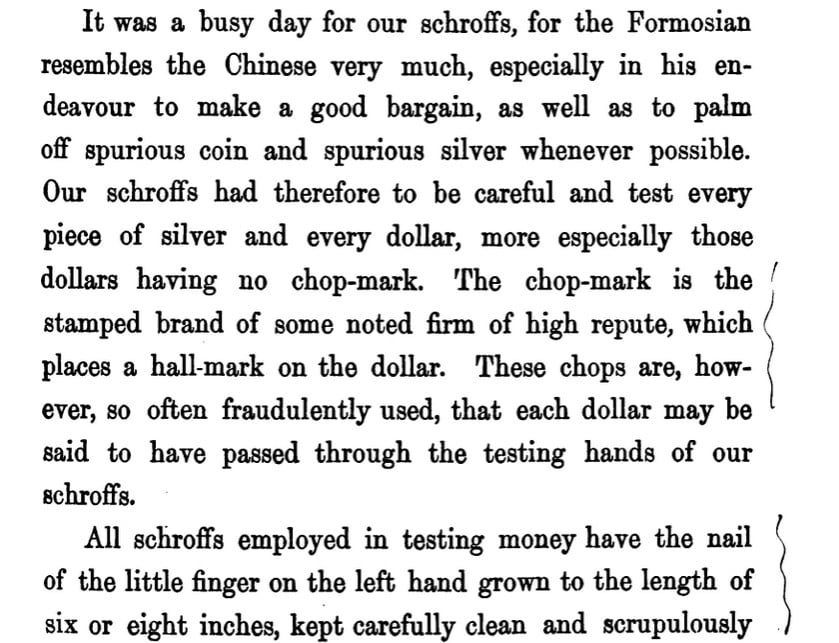
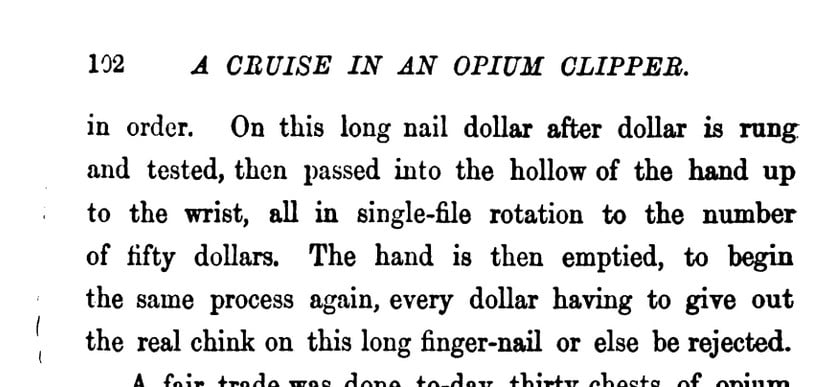
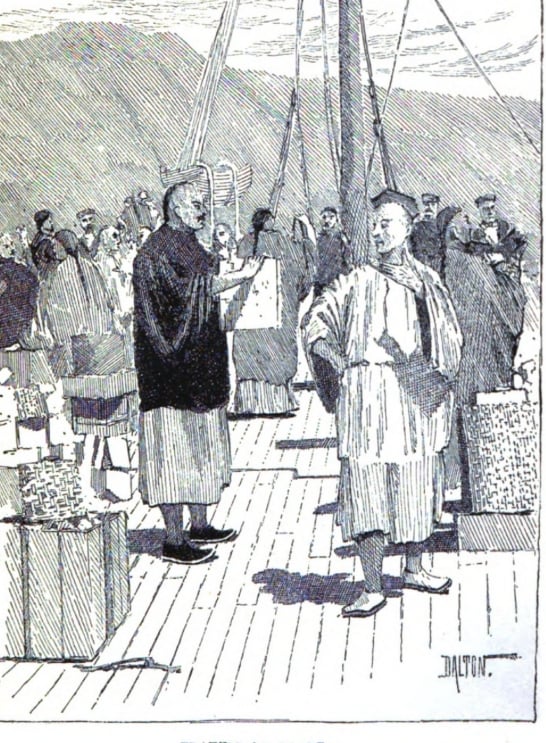
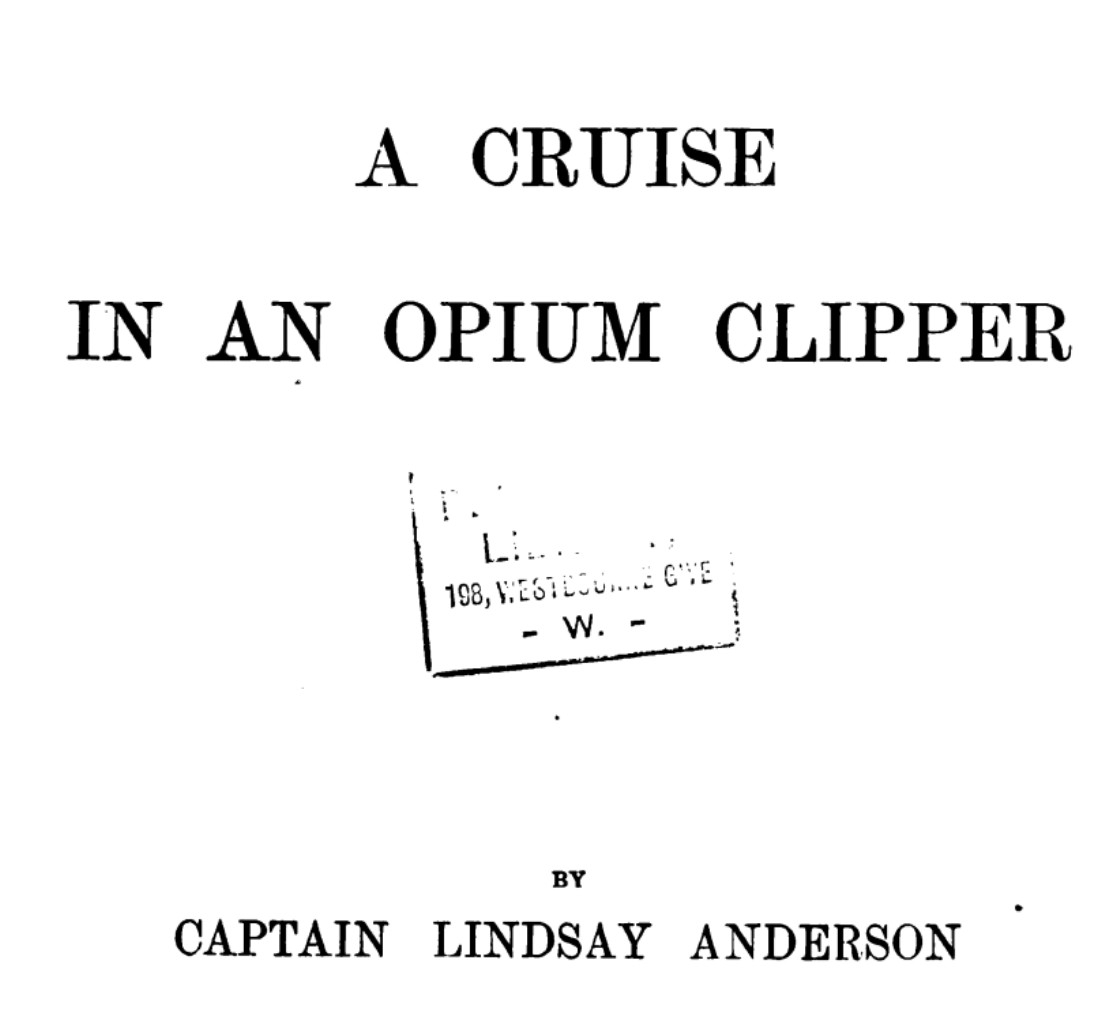
12
Pretty colorful recounting of the Chopping Process onboard an Opium Clipper: 



Comments
I have not grown my pinky nail out yet but I'll certainly consider it. Could also be helpful if I ever develop a powdered drug habit
Thanks for posting this, it's really cool and particularly fascinating for me given my collection.
chopmarkedtradedollars.com
You always find amazing things and this one is absolutely insane.
In honor of the memory of Cpl. Michael E. Thompson
Good find! I'd be interested in reading the full context of the passage, do you have a link to a digital copy of the full book?
Sure--see the attached pdf for the full book. Salty story!
Really interesting, thanks for posting.
Complete Set of Chopmarked Trade Dollars
Carson City Silver Dollars Complete 1870-1893http://www.pcgs.com/setregistry/showcase.aspx?sc=2722"
@JCH22 did you find any reference suggesting that this account was a historical reference? In trying to research the background of the book, I've seen multiple references calling it historical fiction; it may be an adventure story with historical elements.
https://www.peterharrington.co.uk/a-cruise-in-an-opium-clipper-163939.html
If I I inadvertently stumbled on a work of fiction, be good to know. If so, links for references you mentioned?
Schooner Eamont had an interesting career....
Here are some of the links in question, both of which describe the account as historical fiction of some kind:
Even if the book does turn out to be historical fiction, I have no doubt it was informed to some extent by fact (the Eamont was certainly real), but there are a few passages in question that make me lean towards the idea of the account being embellished to feed the imagination:
From a commercial perspective, that last description is actually the least believable - how inconvenient would it be to use 'broken spoons' or 'tankards' for payment? - but it makes perfect sense for someone trying to dress up an adventure story for young boys.
First link is for an audio book --apparently rewritten to include a female lead:
"Cruise in an Opium Clipper by Lindsay Anderson is a gripping historical fiction novel that takes readers on a thrilling journey through the high seas in the 19th century. The story follows protagonist Sarah Brennan, a young American woman who finds herself aboard an opium clipper headed for China."
Second link is also for an audio book---- notes in description--":Genre(s): Nautical & Marine Fiction"
That does not correspond with the Library of Congress numbering. ( G530 C55). Did not listen, but perhaps another riff on the orignal?
Don't doubt that a sailor might "polish" a story.
Note that in reviewing, you might want to factor in that Formosa & Japan were included--their opening.
Not sure short fingernails ever truly impeded a dock worker from a good time.
11.5$ Southern Dollars, The little “Big Easy” set
Plus, have you ever tried to fit 50 silver dollars in your hand at once? That's got to be an exaggeration as well.
Young Numismatist • My Toned Coins
Life is roadblocks. Don't let nothing stop you, 'cause we ain't stopping. - DJ Khaled
From page 42 of below:
And from p. 254 of the below:
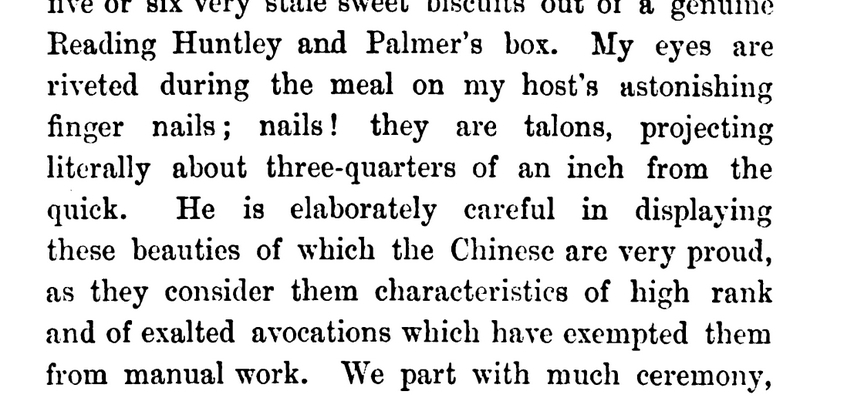
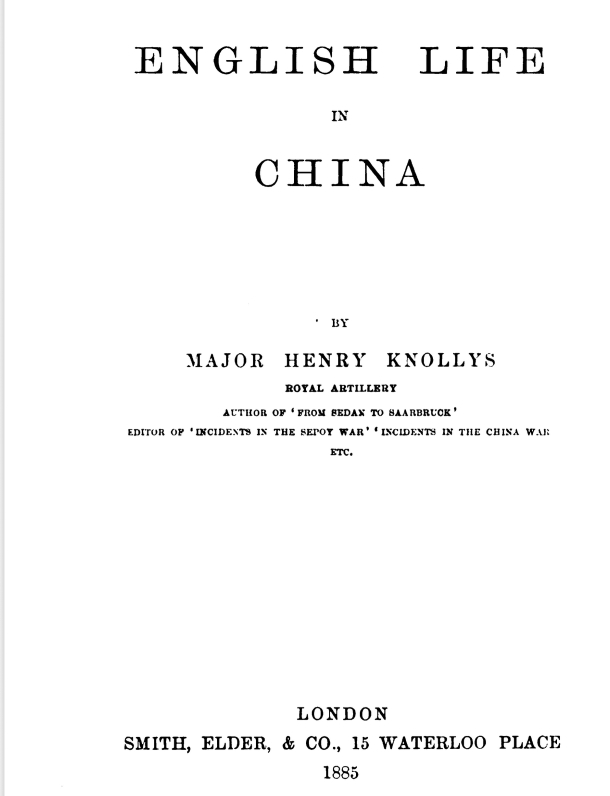
Long fingernails certainly existed in the society of the late Qing, the Empress Dowager was famous for having particularly long fingernails and they were considered a mark of status, if not rank. But with that in mind, would it make sense for the shroffs to test the ring of silver with the nails they were so proud of, particularly when they were a mark of avoiding labor? Can coins effectively be 'rung' off of fingernails?
A buddy of mine had a super long pinky nail he would use to slice open the tape on boxes all day at his manual labor job.
It's all about what the people want...
IDK. My nails are short.
Just passed along a lighthearted story; attached a full copy of the book per your request; addressed your concerns about the audio books you found that seem to have been fictional riffs on the original; and and also posted duplicates regarding customs in China re men’s nails. Story is certainly plausible, but as I was not there, I can not say it is true down to its finest detail. Certainly up to you to put as much, or as little weight, on the credibility of the source.
Be great to read anything you might be able to share regarding the chopping process. Did seem to vary. And also involved goods like silk & tea, apart from coins.
Yes, just engaging in some lively debate back and forth over what might be fact, and what might be a bit exaggerated! There are tantalizingly few details about the practical steps involved in the process of chopmarking (where it was done, the involvement of a touchstone, etc.), so any period references would be valuable if they can be confirmed. I appreciate the reference!
How it was done onboard a smuggler:
Also a good find! Osmond Tiffany, Jr. was a well-known American merchant working in China in the mid-19th century, I don't doubt his testimony here. Interesting that both sources mention performing the evaluation of silver via a shroff on deck, though given that the cargo was opium it makes sense; I particularly like the description of a shroff's intuition and knowledge: "... whose sight is so keen that he can look further into a lump of sycee silver than any ordinary gazer".
On ringing a coin, this is an experience I had several years ago:
I had a circulated Peace dollar on my desk at work, my manager, who is from China, sees it and asks to look at it.
He took the coin between his fingers, not by edges but obverse and reverse, and firmly blew across it, held it to his ear. He then said, "yeah that's silver".
I thought that was an interesting way to check the ring, and it only takes one hand and no hard surface.
Collector, occasional seller